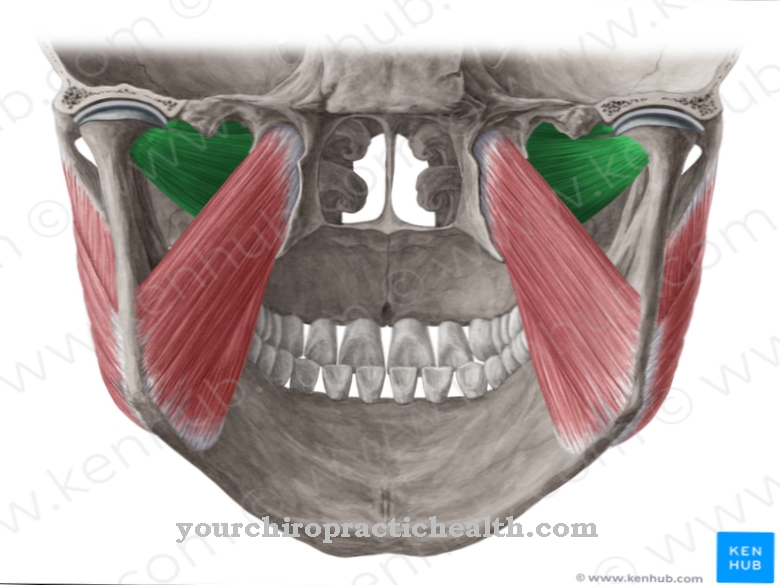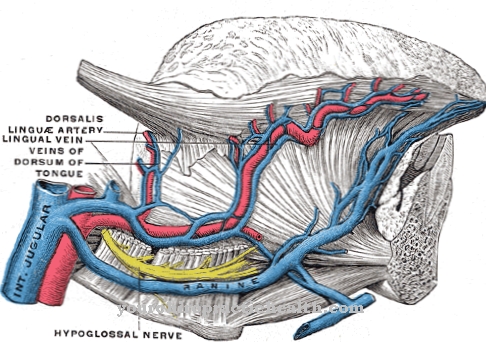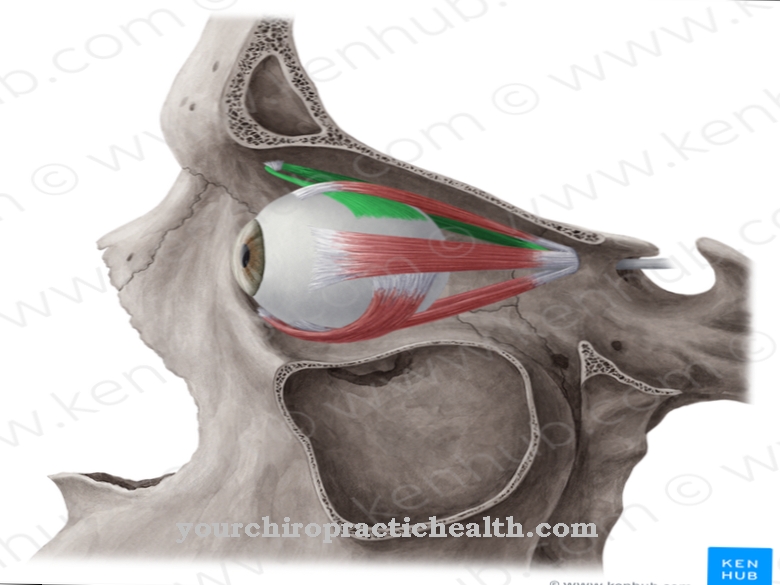The ten most important questions and answers about umbilical cord blood
For some time now, specialized blood banks have been offering parents-to-be the option of storing stem cells from umbilical cord blood. It is undoubtedly a sensible undertaking to collect and store the umbilical cord blood after delivery, because it can be of inestimable value for the baby in later life. Before making the final decision, however, it is advisable to clarify some important questions about cord blood and its real benefits. Often parents-to-be only then realize the purpose for which the blood is drawn and what far-reaching effects it can have on their own lives.
How is umbilical cord blood drawn?
Before the blood is drawn from the umbilical cord, the baby is born completely at rest. It does not matter whether it is a caesarean section or a natural birth, because the umbilical cord blood can be used in all cases. According to Kidsgo, it is even possible to have the blood drawn after a water birth.
The attending physician needs a special set, which consists of a few utensils, to take the blood. Only after the umbilical cord has been cut is the blood in the clamped umbilical cord passed through a sharp needle into a sterile bag. Immediately afterwards, they are transported to a specialized blood bank.
Is removal dangerous?
The collection is completely painless and there are no health risks.
Are there specific requirements for storage?
After the umbilical cord blood has been transported to the blood bank, the blood is stored in a special way. A few important points must be observed here, so that the shelf life and the integrity of the stem cells remain:
- Before storage, the umbilical cord blood is tested and examined under strict hygienic conditions.
- The isolated stem cells are stored at a temperature of around -195 degrees Celsius.
- All relevant data relating to the properties of blood and stem cells are documented in writing.
How long does umbilical cord blood last?
Today it is clear that correctly stored stem cells will last for many decades and can therefore still be useful to their owners in adulthood. It is possible to choose from different time models for private storage.
What diseases can stem cells from umbilical cord blood help against?
Even after many years of research, the healing potential of umbilical cord blood has not been fully explored. The fact is, however, that there are a large number of diseases in which the administration of umbilical cord blood or stem cells can cure them.
| illness | state of research |
| leukemia | Especially in children with leukemia, the chances of recovery with umbilical cord blood are very high. In adults, the amount of cells is not always sufficient, which is why more than one donor is needed. |
| autism | Several studies are now underway on the treatment of autism with cord blood. However, concrete results on this topic are not yet available. |
| diabetes | One study succeeded in enabling patients with type 1 diabetes to significantly improve their condition through treatment with umbilical cord blood. |
| Cerebral palsy | Recent studies have succeeded in alleviating the effects of this disease with the administration of umbilical cord blood. |
The four diseases mentioned make it clear that umbilical cord blood is of great importance in medicine. After all, research in this area is continuously developing, which is why other diseases have a chance of being treated with umbilical cord blood in the future. Strokes, Alzheimer's, multiple sclerosis and heart attacks are on the list of potentially curable diseases.
Is cord blood only useful for its former donor?
Not only your own child can benefit from the stem cells from their umbilical cord blood. So it is quite possible that sick family members can also be cured by the stem cells. In addition, umbilical cord blood that is not stored privately but donated publicly is useful for any suitable recipient. For this reason, the stem cell data is very precisely documented, recorded and made available internationally.
Is the removal always chargeable?
Only the private storage of the umbilical cord blood generates costs. The amount of these depends on the duration of the storage and of course also on the choice of the provider. However, there are two cases in which parents do not have to pay anything for the storage of the umbilical cord blood:
The public donation benefits the general public, which is why it is completely free for parents. The umbilical cord blood is taken for this purpose in the clinic and then fed to a public blood bank. The genetic data of all potential recipients is constantly compared and as soon as a suitable person is found, the umbilical cord blood can be used for them.
The directed donation is a special case in the field of umbilical cord blood collection, because the recipient of the blood is already determined at the time of birth. This can be a sibling, for example, who can be cured of a serious illness by giving the umbilical cord blood. Since the removal is specifically for a healing purpose in this case, health insurance companies cover all costs.
What are the differences between a public donation & private storage?
The most important difference is not the elimination of the costs of a public donation compared to private storage. The more important is the fact that the child has no right to his own umbilical cord blood in the further course.
So if one needs its own stem cells in the future, they may have already been used for another donor. In principle, however, this is not always dramatic, because giving one's own stem cells does not make sense for all diseases. For example, some diseases such as leukemia can only be cured with donated umbilical cord blood from someone else, since one's own stem cells most likely contain the predisposition for leukemia from the beginning.
Is the umbilical cord blood examined before storage?
A thorough examination of the umbilical cord blood is usually carried out. The blood is also tested for pathogens.
The number of stem cells is also determined and the genetic key points are precisely documented, which can be used to ensure the suitability of a later recipient.
Can any umbilical cord blood removed be used for storage?
It is not always possible to isolate sufficient stem cells from the umbilical cord blood that has been sent. In such a case, or if the blood is infected with dangerous pathogens, storage does not take place.



























